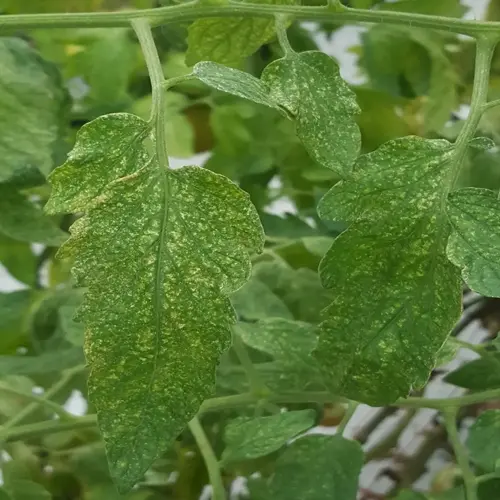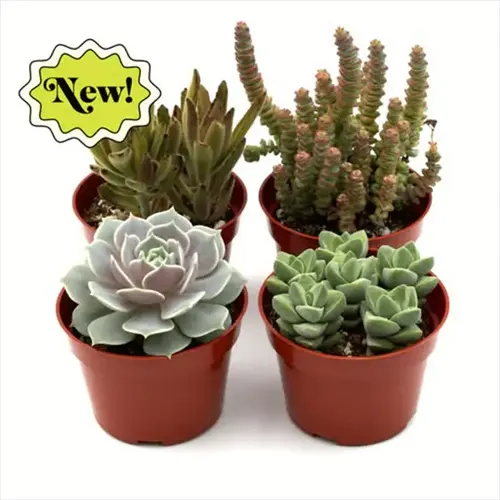What plants work best for rooftop conditions?

Written by
Liu Xiaohui
Reviewed by
Prof. Samuel Fitzgerald, Ph.D.Choosing the right plants for rooftop living conditions means selecting plants that can thrive in wind, sun, and extreme temperatures. For such a selection, you require strong plants such as lavender and ornamental grasses which have adapted to an entirely exposed environment. These plants form deep roots, spread out, and produce more flowering buds, which can withstand storms and require minimal attention.
Look for drought-tolerant plants like sedum or agave, which need watering about once a month. They have fleshy, water-storing leaves. Pair these plants with dwarf citrus trees in large pots. These small but productive trees will thrive in full sunlight, especially when temperatures reach above 90°F (32 °C) in the afternoon.
Wind Protection
- Install trellises with climbing ivy as natural wind barriers
- Group plants densely to create mutual shelter zones
- Use weighted containers preventing tip-overs during gusts
Soil Depth Requirements
- Shallow-rooted sedums thrive in 6-inch (15cm) soil depth
- Citrus trees require 24-inch (60cm) depth for stability
- Layer gravel beneath soil for improved drainage and insulation
Seasonal Care
- Apply anti-desiccant spray before winter to prevent drying
- Use shade cloth during summer heatwaves above 95°F (35°C)
- Wrap containers with bubble insulation in freezing conditions
Incorporate multi-tiered planting using stackable containers. Position the taller elements, such as grasses, in the center of the containers, with ground-cover sedum on the sides. This type of planting creates windbreaks and optimizes the use of space. Include native species that are suited to your area to resist pests naturally.
Maintain roof gardens through monthly evaluations to assess soil compaction and root condition. Fertilize with a slow-release product in the spring and fall. Water thoroughly but infrequently to promote deep rooting that will help anchor plants in place during the extreme weather conditions that frequently occur at altitude.
Read the full article: 10 Transformative Terrace Garden Ideas

